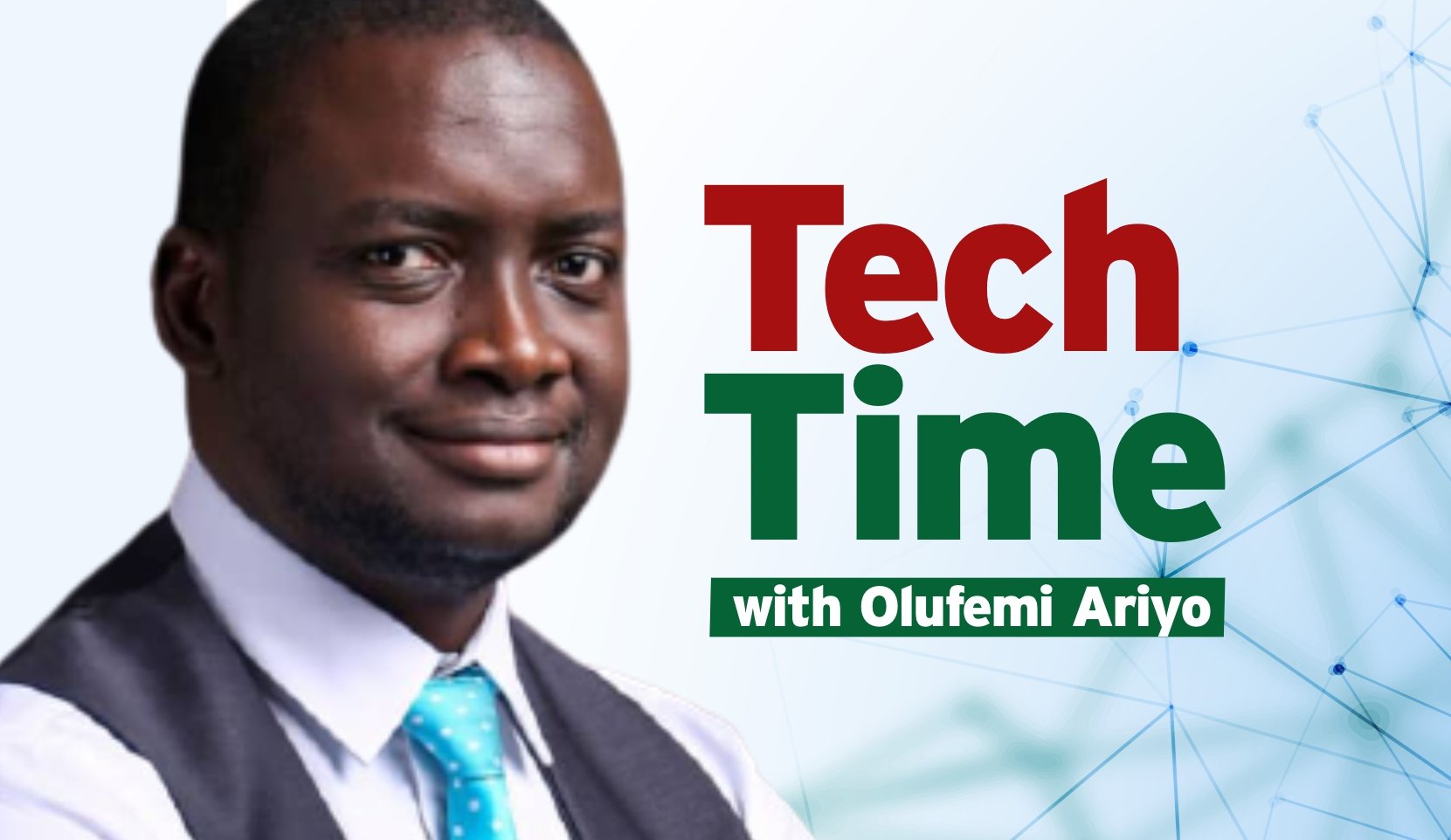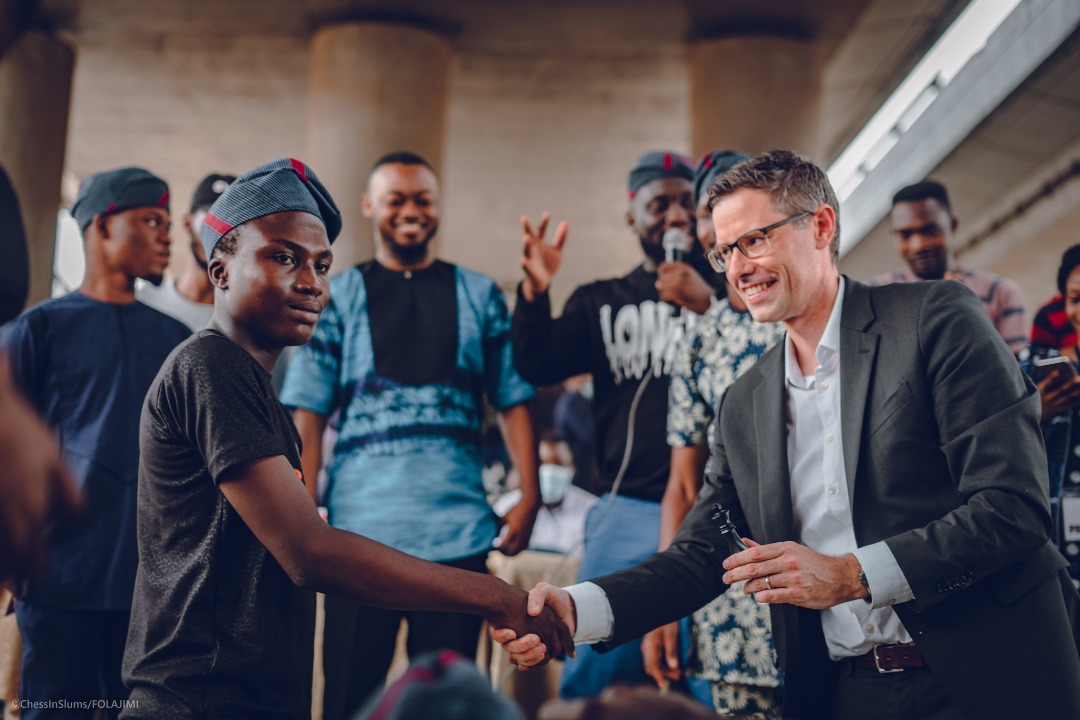Artificial intelligence has pioneered new technologies in the education for classroom engagements and in school systems on a broader dimension with huge potential to promote education. Haugeland defines AI as the exciting new effort to make computers think… machines with minds, in the full and literal sense. This article focuses on engineering education in a knowledge society with effectiveness in view. It examines the technologies in current use, applications, and future possibilities. It concludes that effectiveness is a continuously improvable process as we iterate towards a desirable future.
Today’s education model largely focuses on one instructor providing information to several learners at the same time. A good number of computer-driven learning utilize course- contents and technology models that mimic traditional classroom-types (assess and practice). Whereas, computers application in education have much more immense potentials, just as so many learners currently use intelligent teaching systems along with some of their classes. Such systems pay attention to current student knowledge, provide mastery learning to jumpstart students to created expectation levels in their understanding of specific courses. Millions of learners around the world watch lectures and complete exercises within massive online open courses, offering the potential to study thousands of topics that would not be available in colleges locally. Growing number of people learn from (with assessments on the go) superior online engagements like games, augmented reality, and simulated scenarios on different online learning platforms (such as Coursera, and Udemy led by diverse instructor experiences). So many of these systems do not capture the advancements envisaged some decades back with regard to the potential of these learning systems. Although, the rate and level of integration with formal learning systems have gone ahead of what looked achievable in recent times. Furthermore, a necessary question revolves around how one measures effectiveness level at which a faculty member passes across information. A follow-up question should then examine how one measures the effectiveness of an instructional program, like in the case of an engineering department. The core mission of a lot of educational institution is to nurture graduates with sufficient knowledge degrees, skills, and learning attitudes. These may be different with departments while sufficient differs with institutions of learning, while the instructional mission remains similar. In the field of engineering, each department’s accreditation is at the level to which it accomplishes this mission. One tutor may be considered a brilliant lecturer where students ratings are allowed, whereas if the teaching content does not move the instructional mission of the department forward, such teaching style will not be seen agreeably to be effective. In addition to the foregoing, assessing effectiveness should put into consideration different types of evidence to clearly know the level to which each agreed criteria are met. Some of these possibilities include: Expected learning outcomes measurement (where each participant’s performance on standard assessments, performances compared with those of control groups, assessment of student results by external assessors); Participants end-of-course rankings (where participants surveys, specific focus groups, or interviews are used to measure some itemized criteria); Retrospective participants ranking of course contents and specific instructors (such as pre-graduation feedbacks); Alumni rankings of course contents and teachers; Peer rankings of classroom information, course objectives, take-home assignments and continuous assessment tests. Evaluations carried out through external assessors; Self-evaluations by teachers. The measured data may be gathered for each faculty member in their teaching portfolios (even dossiers) that could be quickly evaluated by additional assessment team to measure the effectiveness of instruction materials. Furthermore, the overall portfolios gathered for all members of a department gives us some basis for assessing the effectiveness of the department’s course program. Much more would however need to be put in place to ascertain that the graduates of a program meet afore-agreed criteria in relation to their knowledge, skills, and work attitudes. Moreover, what should the participants classroom checklist to assess lecturers by observation contain? Such should be a collection of statements centered around the observed classroom instruction with which each assessor shows their level of agreement or disagreement (on a Likert scale), while adding some comments where appropriate to reveal reasons. Some of these categorization could include: 1. Level of organization of the teacher – The teacher (a) starts the class on time, (b) reviews prior shared content, (c) does a preview of the learning content, (d) delivers the teaching in a logical sequence, (e) offers a summary of core learning points at the end of each course topic, (f) completes the class teaching on time. 2. Teachers level of course knowledge – The teacher (a) understands the course content, (b) infuses concepts from current research and professional engineering practice into the classroom work, (c) provides clear and correct responses to questions. 3. Mode of teaching presentation – The teacher (a) is audible and clear, (b) a good communicator, (c) lists salient points of the topic, (d) makes use of relevant examples, (e) creates opportunities for questions and students feedbacks, (f) looks out for active classroom engagement beyond simple questions 4. Level of rapport attained. The teacher (a) listens attentively to participants’ comments, questions, and responses and tailors the conversation in an interesting way, (b) is able to check for participants’ understanding from time to time, (c) addresses participants with courtesy and as learning colleagues. A whole lot of other assessments could be included, based on learning environments such as clinics, labs or field work settings. It is important to note that two-way assessments provide a holistic view into the effectiveness of the teachers, course content and even learning environments among other direct or indirect affects. All the afore are enhanced when technologies are implemented to support students’ assimilation. Moreover, with development, technologies continuously grow in awareness and mastery of the users; and as they scale, we can ask questions about the future, such as: where the technology is leading us? And possibilities of where we could go? A good understanding of the leverage and potentials of artificial intelligence (AI) in education, and how it could help to better our research and development (R&D) through detailed design of policies that support the engineering education future we see and pursue. Kurzweil sees AI as the art of creating machines that perform functions that require intelligence when performed by people. What new tech tools and teaching methods are currently available in research classrooms that may soon become widely available for much larger students’ audiences? How could AI shape our educational structures and systems on a broader scale, from academic counseling to learning outcomes, in order to become more in-sync-with learner needs and requirements? What will the next 10 years be like, with the right leadership and support for education R&D? Where are the potentials for improvements and measurable positive impacts on learners based on trends and analytics? Also, what windows exist for radical transformation in the education and participants’ experience space? Educational technology is the use of any software, or equipment in education. Although, Cuban mentions that instructors were teaching students with traditional lecture pedagogies while inside an early-generation airplane, most technology conversations in education today focuses on the use of computers and digitalization, although older technologies such as radio and television still play an important role – especially in many middle-income countries during the recent COVID-19 pandemic. However, models of educational technologies exist, each of which can be sophisticated or basic like Baker in 2016 mentioned, that contemporary intelligent tutoring systems tend to be sophisticated in only one area (which differs between systems) and very simple in other areas. Examples such as digital learning games infuse learning in a fun activity that has the semblance of a game. The gamification level differs between activities that places learning at the core of gameplay that may not even appear obviously to be a learning activity like we see in SimCity and Civilisation. Others with more conspicuous learning activities offer rewards to the participants for successful in-game performance (for example, MathBlaster allows you to do a fun activity after a correct answer to a question). Furthermore, simulations provide computer-based imitations of activities that are often difficult or expensive to create in a real world scenario for the purpose of leaning. Scaling up students’ size today may make use of virtual laboratories for experiments that could be harmful, or costly, and allow feedback and learning guides while completing these tasks. Virtual Reality (VR) systems are also channels that will greatly improve learning outcomes in engineering in knowledge-based societies. It places learners in a 3D mimic of real-world activities. Similar to simulations, VR makes us able to perform activities from our home or computer lab that would be costly, or harmful. Also similar to VR, Augmented Reality (AR) systems put-in additional information and experiences into simulated real-world activities, such as detailed pop-up self-guides and placing a different world above the current one. Both AR and VR often make use of headsets to offer audio-visual information to participants, while minimizing distractions from real world. Another tech tool, Educational robot, has a physical presence and engage with students in the real-world activities to offer support to their learning experience. Although robotic educational do-it-yourself (DIY) kits have been available since the 1980s, recent development have featured robots taking up the role of the teacher. In addition, several online courses offer students with learning experience that range from basic to very comprehensive contents depending on tutor or organization offering such courses. This often include videos, texts, downloadable, links and assessments. The growth and innovation of online learning portals is due to the fact that it offers a simple, well-thought through version of hitherto complex course. More importantly is the reality that each student can learn at their own pace. It is important to state some classroom uses and benefits of educational technologies. Some uses of educational technologies in classrooms provided a ready solution to the personalized mastery learning problem where a student can only progress to next course content after demonstrating a mastery of the current. It identifies each individual participant’s mastery level and provides them with tailored learning activities in sync with their current auto-generated ranking within the curriculum. In addition, artificial intelligence and machine learning offer education more than just support for teachers and learners. One core use in education is the creation of early warning systems through predictive analytics. Bowers in 2021, attempted to predict in advance which students are at risk of a negative outcome – most frequently dropout and failure to graduate, and many more.
In conclusion, effectiveness of educational technology is a continuously improvable process as we iterate towards a desirable future. Educational technologies have immense future potentials in knowledge-based societies, especially for studying classroom interaction (based on students contribution and voice) as providers find ways to collaborate in the bigger interest of the society and through continued iterations towards well articulatedoutputs.
Yours in tech, Olufemi Ariyo email: [email protected]
Advertisement






